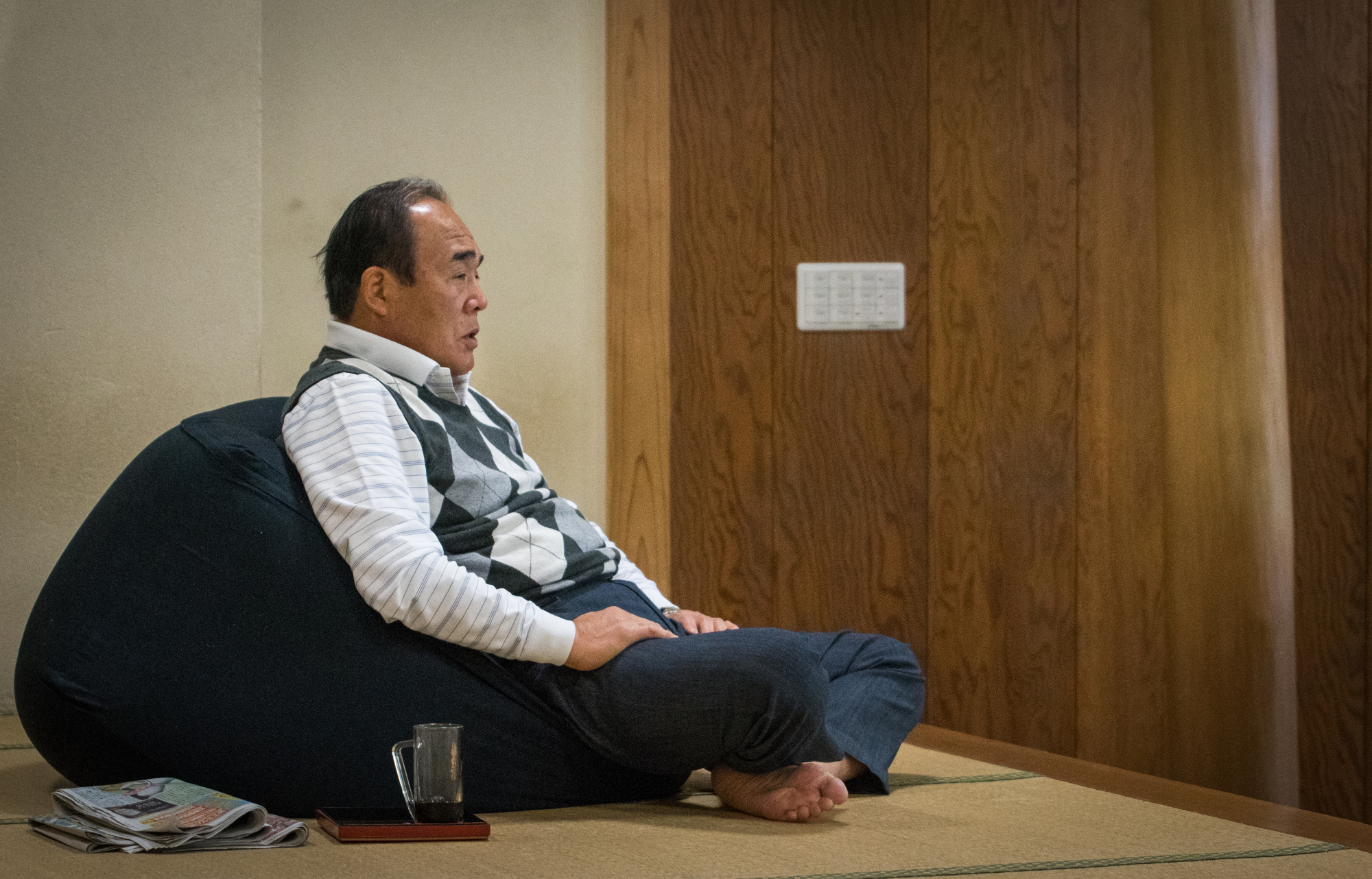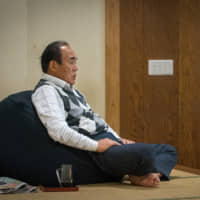As with most top-level athletic endeavors, 30 seems to be the age when many rikishi either hang up their mawashi or see a noticeable decline in skills and performance.
Once the topknot is cut, the vast majority return to civilian life.
Culinary skills acquired while in sumo often lead former wrestlers into the service industry, with a significant number either becoming cooks or opening restaurants.
Those who have reached a high level while active or spent a significant amount of time in the top division may be eligible to stay in the sport as an oyakata (sumo elder.)
There are 105 of those positions available with just under half of the current holders running their own stables.
All oyakata, however, even the most powerful, must give up their elder name and leave the Japan Sumo Association when they reach age 65.
What do these men, most of whom have been in professional sumo since their mid-teens do then?
It's common for many of them to remain informally connected to their stable. In times gone by, elder name shares were often passed down to a retiring wrestler married to the stablemaster's daughter, with the previous holder given lodging and taken care of, like many elderly relatives in Japan.
That still happens to a lesser extent.
In Tamanoi Beya, where the current stablemaster is the son of the former one, the previous incumbent still watches training and doles out advice most mornings.
Regardless of how closely connected a retired oyakata is to his stable, whenever they show up to watch keiko (training) they still get treated with full deference and respect and are normally given a cushion front and center.



















With your current subscription plan you can comment on stories. However, before writing your first comment, please create a display name in the Profile section of your subscriber account page.